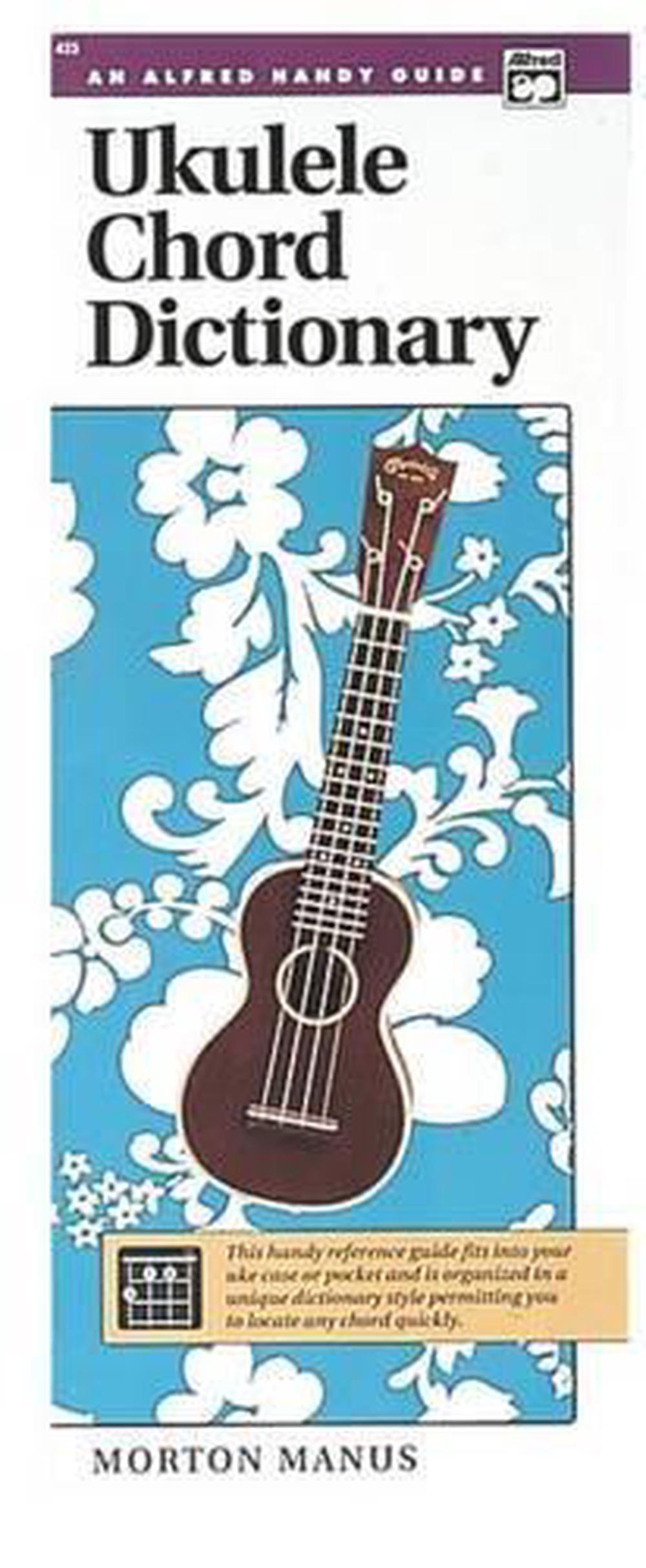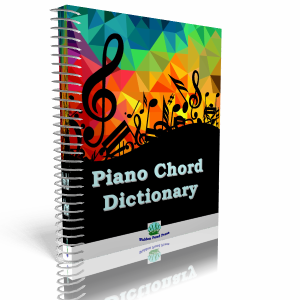

You can have multiple chord dictionaries providing different definitions for the same chord types, and seamlessly switch between dictionaries while performing see chord substitution for details. Consequently you should avoid using the sort commands if you've put effort into a custom ordering. The chord types can be sorted via the dialog's Edit/Sort submenu, but note that the sort commands reorder the dictionary itself, as opposed to merely changing its presentation. If you edit the dictionary while a song is open, and you attempt to undefine a symbol used by the song or its undo history, you will get an error message. You can use any symbols you like, so long as every symbol is unique, but remember that songs are restricted to the chord symbols defined in the dictionary. To convert an existing chord type into an alias, left-click its Alias Of property, and then select the desired chord type from the drop list.

To create a new alias for a chord type, copy and paste it, and then rename the copy. A chord type and its aliases form a group, the members of which stay synchronized with each other any change made to the properties of one member is automatically propagated to the others. It's often useful to define multiple symbols for a given chord type, e.g. You can also press Tab or Shift+Tab to save your change and then proceed to the next or previous column. After making the desired change, save it by pressing Enter, or by left-clicking outside of the popup control. To edit a chord type's other properties, left-click the property to display a popup drop list or edit box. To rename a chord type, select the corresponding row and then left-click the chord name, or press F2 alternatively you can select Rename from the dialog's Edit menu or context menu. Which chord type this symbol is an alias of, or "None" if it's not an alias. This variation typically substitutes one or more tensions for chord tones, e.g. Spaces can be used as separators instead of commas. The list can contain from zero to seven tones, though triads and tetrachords are typical. The chord's primary spelling for comping, as a comma-separated list of chord tone numbers, each of which ranges from 1 to 7, e.g. The mode to associate with this chord symbol. The scale to associate with this chord symbol.

The chord types can also be reordered by dragging and dropping one or more rows. All the usual editing commands are supported, including unlimited undo/redo. Each row defines a chord type, by associating a unique chord symbol with a scale and mode, along with other properties, as shown in the table below. Dictionaries present the learner's task almost exactly backwards, tending to overwhelm the player with hundreds of alternative voicings, without any indication of how they have been constructed, which voicings are most. Properly-instructed musicians do not learn like this. To display the dialog, use the View/Chord Dictionary command. In fact, chord dictionaries have major drawbacks as instructional tools. This dialog lets you edit the chord dictionary, using a tabular interface.


 0 kommentar(er)
0 kommentar(er)
